Fermentation flavor and taste characteristics of Honduran sherry coffee bean whisky barrel and its production area grading standard
Coffee beans are crops, which are directly related to the local climate and environment, and it can also be said that coffee flavor can reflect the local local flavor. Normally, the coffee beans treated with water can best reflect the local flavor of local coffee, but with the development of high-quality coffee, the treatment of coffee beans has increased a lot. for example: honey treatment, anaerobic treatment, double anaerobic treatment, raisin honey treatment and so on. The treatment of coffee has a direct impact on the flavor of coffee beans. For example, Costa Rica is the most famous country with coffee bean honey treatment. Musicians' coffee beans Mozart, Bach and Rosa are all treated with raisin honey. Its raisins, berries, floral and fermented aromas have always been loved by everyone.
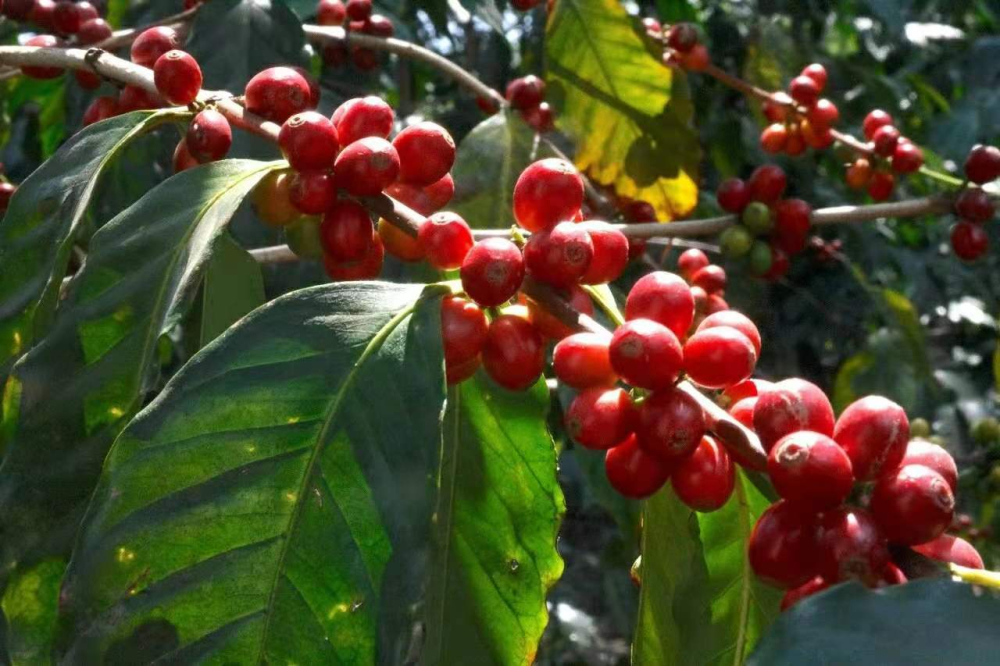
And the wine barrel treatment in Honduras is even more eye-catching. Especially for those who like wine tasting, they can't put it down when they come across a kind of alcoholic coffee. The smell of Honduran whisky and brandy is very sweet and memorable. Some people say that after drinking other coffee and then having a pint of Honduran coffee, they will instantly compete with other coffee. Because the Honduran coffee smells very sweet, the taste of the wine is always in the mouth, and there is honey in the back. Shirley coffee is relatively sweeter than litchi orchid coffee. Therefore, Shirley coffee on the front street is always the hottest.
The geographical conditions of Honduras:
Honduras is located in the north of Central America, facing the Caribbean Sea to the north, the Gulf of Fonseca in the Pacific Ocean to the south, Nicaragua and El Salvador to the east and south, and Guatemala to the west, mostly mountains and plateaus. It covers an area of 112492 square kilometers and the coastline is about 1033 kilometers long. The whole territory, except the coastal plain, is mountainous, with the highest elevation of 3000 meters in the northwest and more than 2400 meters in the south. The main rivers in the territory are the Koko River, the Patuca River and the Wulu River. Rivers from inland mountains crisscross and flow into the two oceans. Many basins and river valleys are formed between the various mountain ranges. The larger basins are the Siria and Rapagu Alai basins, and the main river valleys are the Komayagua and Hamastland River valleys. Coastal islands are dotted with the main islands being the Baya Islands and the Tigris Islands in the Gulf of Fonseca. The terrain of Honduras is complex and the climate is diversified. Located in the coastal plain of Central America, it has a tropical rain forest climate, with an average annual temperature of 31 ℃. The mountain belongs to subtropical forest climate, the annual average temperature is 23 ℃, the rainy season is from June to November, the temperature is mild and the rainfall is abundant, so it is an ideal place for coffee growth.
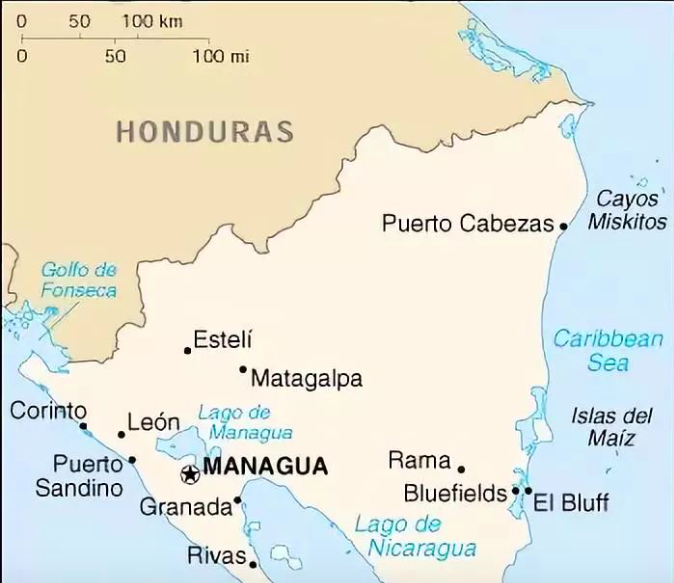
Honduras produces two kinds of coffee of very good quality, which are highly respected by coffee lovers. One is the "Highland Coffee", which is grown at an altitude of 1000 Mueller 1500 Michael, and the other is the "selected Highland Coffee", which represents the highest level of Honduran coffee, which is grown at an altitude of 1500 Murray 200 meters. Most of the Honduran coffee is exported to the United States and Germany. There are 280000 hectares of coffee plantations in Honduras, mainly small coffee plantations, most of which are less than 3.5ha. These coffee plantations account for 60% of all coffee production in Honduras. In the coffee garden, because the planting area belongs to the mountain area, people pick coffee beans by hand, and then process them carefully in order to produce better quality coffee beans. Honduras collects 3 million bags of coffee every year and provides you with multi-quality coffee. It has become one of the top ten coffee exporters in the world.
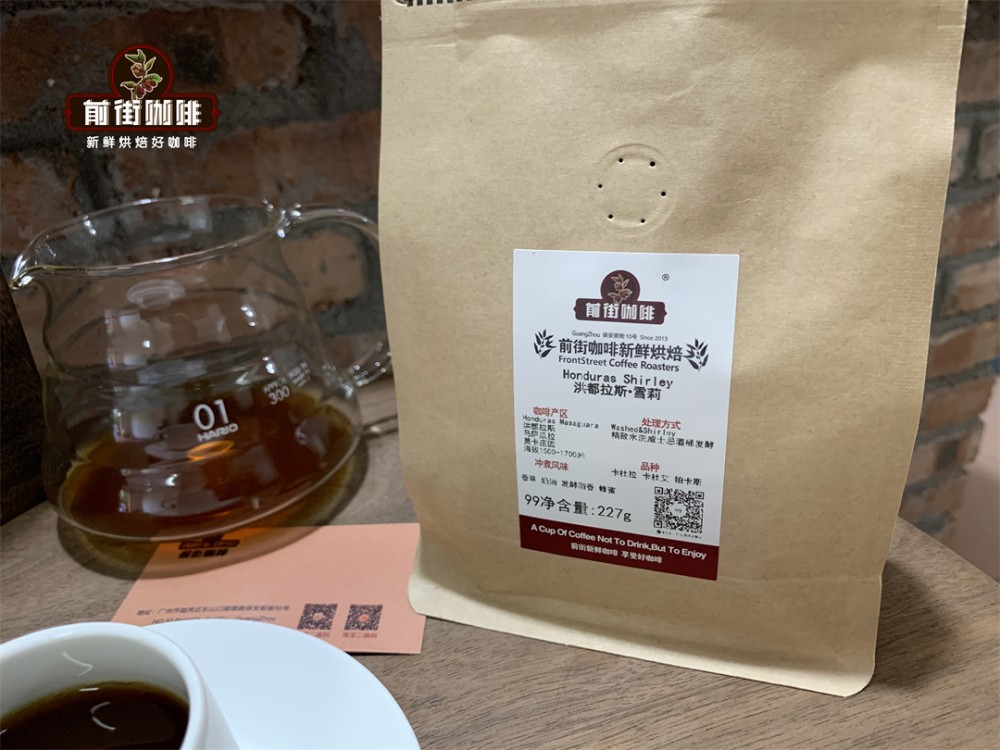
Honduras is the second largest exporter of coffee in Central America, and even if you look at the world, it can rank in the top 10. The taste of Honduran coffee beans is rich and mellow, sour and slightly sweet in the mouth, not sour or astringent in taste, full-bodied, very soft and long in sweetness. The balanced taste of Honduras gives him a wide range of uses, both as a single coffee and mixed with other beans. Now very popular SOE coffee, Shirley coffee beans made of SOE coffee flavor is very good; at the same time, Qianjie also uses sherry coffee beans and Ethiopian red cherry coffee beans to form an Italian coffee bean-sunflower warm sun coffee beans.
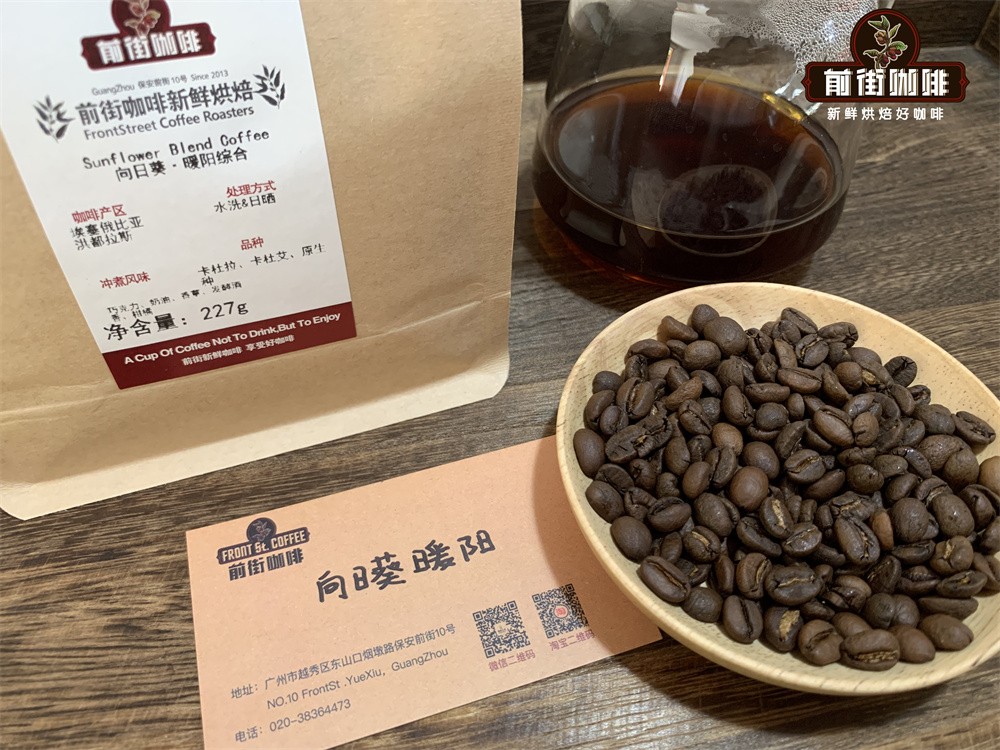
Honduran coffee was introduced to Honduras by Spanish businessmen in the 18th century. Due to historical problems, transportation construction in Honduras is relatively late, resulting in little improvement in the coffee trade. In the 1990s, Central American boutique coffee rose, while other countries won by quality, while Honduras lagged behind in coffee quality. The main reason is that in the process of raw bean treatment, due to abundant and uncertain rainfall in the mountain area, the final stage of drying is affected.
In 2004, for the first time in Honduras, the Zhuoyue Cup Raw Bean Competition was held. 21 coffees from all over the country were recognized and participated in online auctions. In 2011, Honduras became the highest coffee producer in Central America and the second largest Arabica coffee producer in the world.
Main coffee producing areas in Honduras
Honduras has unique geographical advantages, such as high altitude, microclimate, abundant rainfall, fertile volcanic ash soil, etc., which make the coffee in Honduras rich in layers, rich and bright in tone, and excellent in quality. The part of the producing area is divided into six major producing areas-Copan (Copan á n), Obalaka (Opalaca), Mondesius (Montecillos), Comayagua (Comayagua), Akata (Agalta) and Paraso (El Para í so).
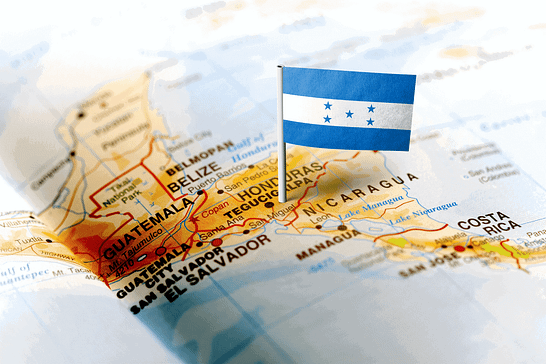
[Copan]
Copan production area is located between Honduras and Guatemala border, where the cultivation of more than 1000 meters above sea level, is one of the most famous coffee growing areas in Honduras. The temperature and humidity in Copan area vary greatly throughout the year, and the coffee in this area has citrus, chocolate and caramel flavors. Their coffee is much less fruity than that in some other growing areas.
[Montesius]
Montecius is located on the border between Honduras and El Salvador and can be planted up to 1600 meters above sea level. due to the lower temperature at night, coffee cherries take longer to ripen, and the coffee fruit in Montecius is more sour and sweet. Usually with drupe flavor.
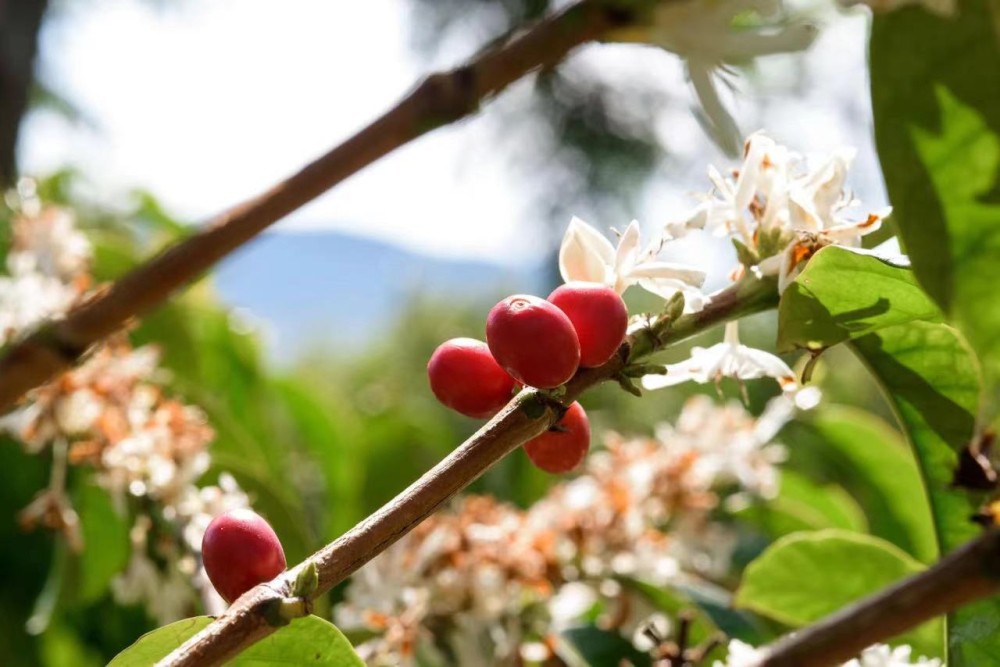
[Gongma Agua]
The yield of Gongma Agua is the highest in Honduras in 2016. The coffee growing area of Gongma Agua is located in the remote mountains of central Honduras, where the coffee is a blend of citrus and honey flavors, with a balanced sweet and sour taste and a smooth taste.
[Akata]
Most of the producing areas are forest reserves with superior ecological environment, but the elevation is slightly lower, between 1000 meters and 1400 meters, and belongs to tropical climate. The coffee produced in this area has the flavor of fruit and chocolate.
[Parasso]
Located on the border between Honduras and Nicaragua, it is the oldest and largest coffee producing area in Honduras. It is planted between 1000 and 1400 meters above sea level, and a coffee bean from Palaso won the championship at the Honduras Excellence Cup (COE) in 2017.
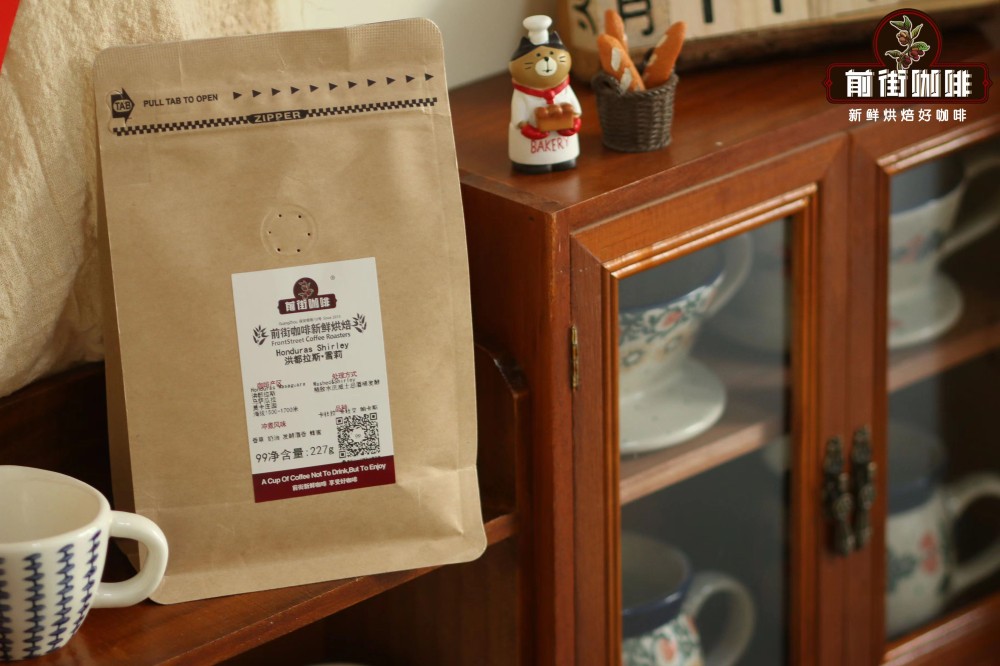
[Obalaka]
The western part of the producing area is near the Copan producing area, and it is planted at a slightly higher altitude, giving the coffee beans in the producing area a strong aroma and a tropical fruit flavor. The more famous sub-producing areas under the main producing areas are the producing areas of Masaguara.
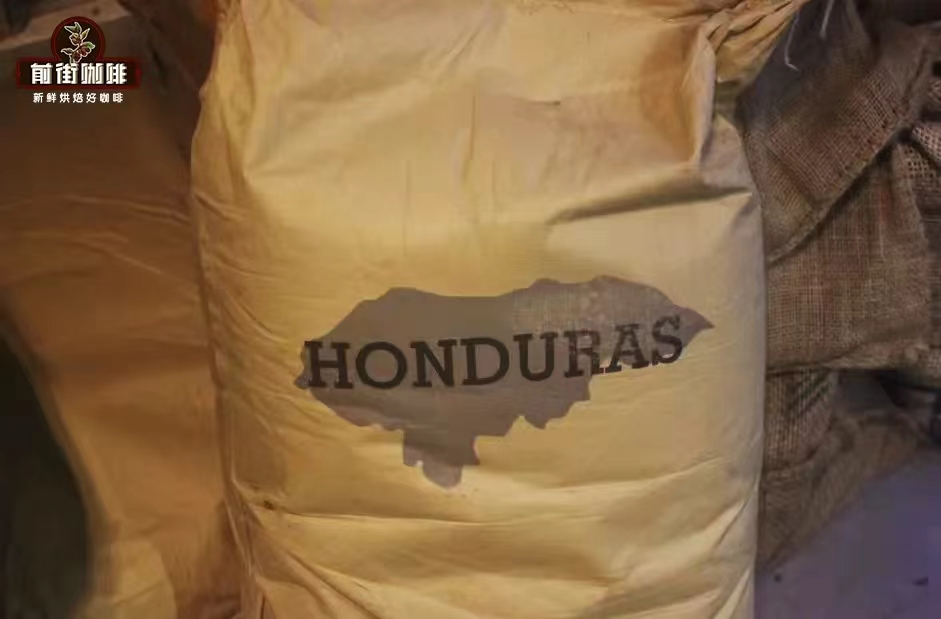
Shirley Coffee and Litchi Orchid Coffee are from Moca Manor, a small estate in Intibuc á, Honduras. Masaguara is a municipality in the province of Intibuc á in Honduras, located in the south of the Jes ú sdeOtoro valley, surrounded by mountains and hills, mainly dedicated to coffee cultivation, is the main engine of the local economy, and the area corresponding to the valley is dedicated to growing basic grains and livestock. The name of the area comes from: according to Mr. AlbertoMembre o's "indigenous place name", Masaguara means "place with deer". The average elevation in this area is 853 meters, and it is more than 1500 meters at high elevations. The Moca Manor is located in the highest altitude of Masaguara, so the quality of the coffee fruit produced here will not be too poor.
The shape of Honduran coffee beans
The granules of coffee beans in Honduras are large in shape, uniform in size and glossy in color. In order to facilitate harvesting, farmers will trim the coffee trees to no more than 150 centimeters, because if they grow too high, they have to set up ladders to pick, which is not only time-consuming, but also may damage the trees by bending branches. As the ripening period of each fruit of coffee beans is different, in order to maintain the good quality of coffee beans, it is necessary to pick them manually, and then select the ripe fruits. For coffee fruits of the same branch, it often takes several weeks to pick them all.
Honduran coffee varieties
The main varieties grown in Honduras are Arabica, mainly derived from Bourbon, Kaddura, Kaduai, Iron pickup and Pacas.
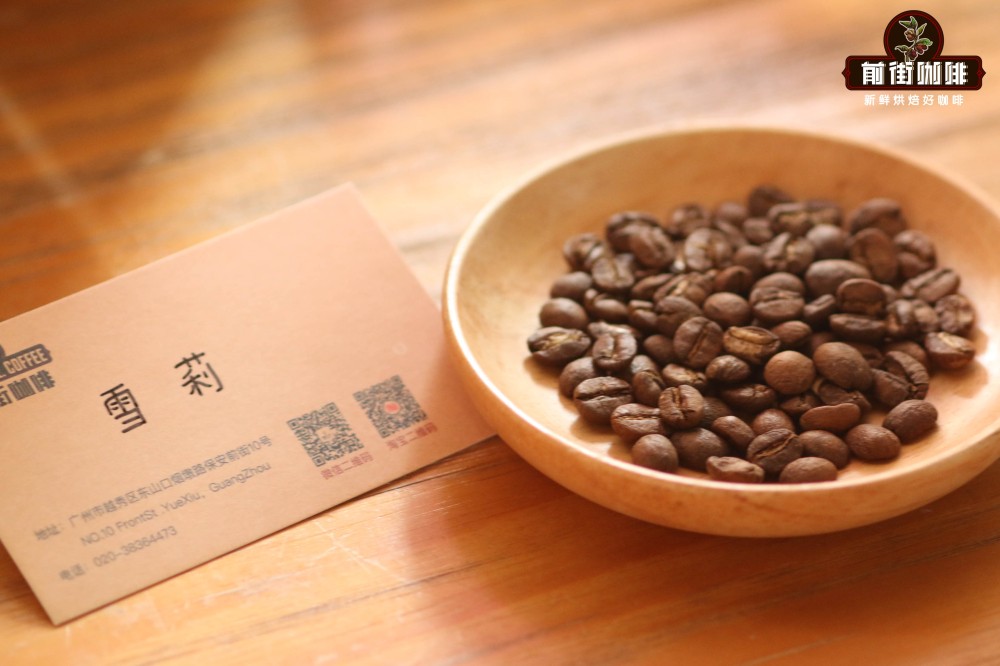
Iron pickup
Iron pickup, which is the oldest native variety in Ethiopia, is now derived from almost all the coffee varieties to which Arabica belongs. Iron pickup has an elegant flavor, but its physique is weak, its disease resistance is low, and it is easy to be infected with leaf rust. Therefore, the output of coffee beans is low, and there is no way to achieve economic benefits. In recent years, iron cards in Central and South America have been gradually replaced by Kaddura and Kaduai. So the figure of the iron pickup is becoming more and more rare. Although the flavor of the iron pickup is elegant, it is not as popular as bourbon. Such as: blue Mountain Coffee, Panamanian Alida Coffee, Qianjie 2013 Iron pickup Coffee and so on.
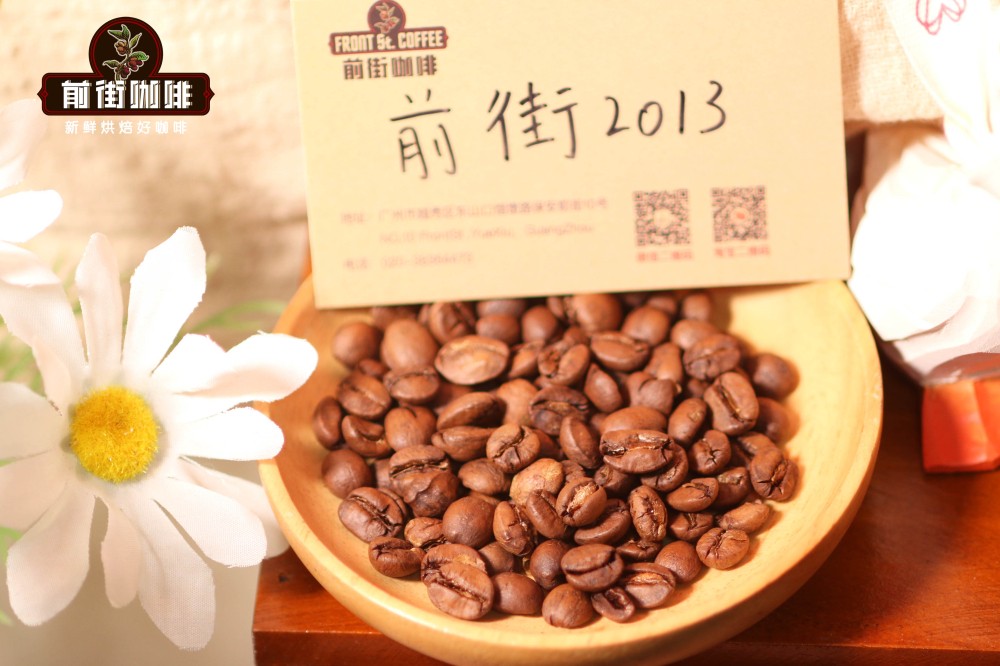
Bourbon
It is the second species caused by the mutation of the iron pickup, and it belongs to the oldest existing variety of coffee, and the green fruit will appear bright red when it is ripe. Compared with the tin card species, the bourbon species has wider leaves and denser growth. although the seed setting is higher than the tin card, the harvest time is also 2 years, which is also a variety with less yield, but it has a high-quality taste, like the sour taste of red wine, and the aftertaste is sweet. Brazilian coffee beans, for example, are bourbon varieties.
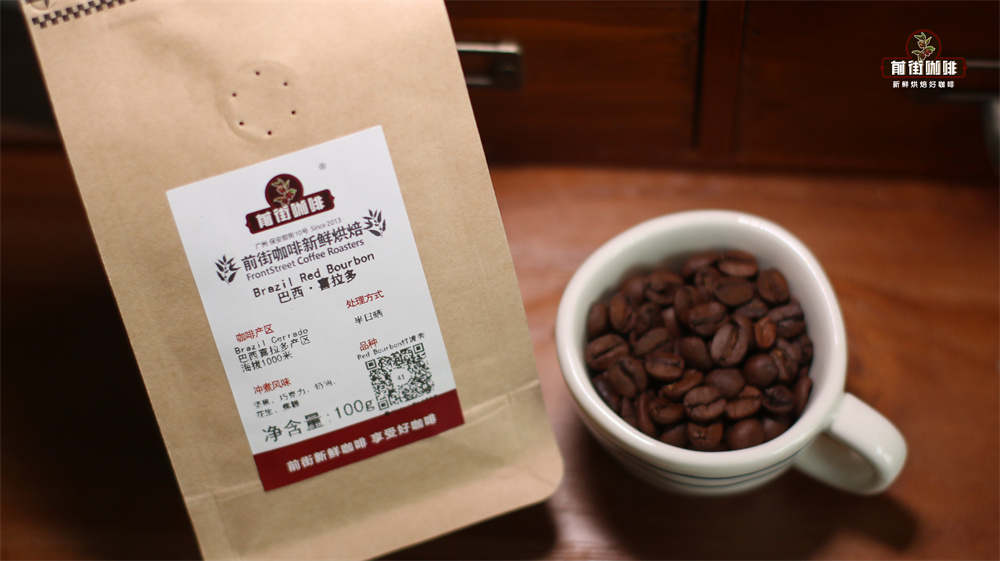
Pacas
Pacas is a natural variety of bourbon, first discovered in 1949 on the estate of the Pacas family. In 1956, some plants with different shapes were found in the bourbon planting area, collected and started breeding research, and William Cogwill, a professor at the University of Florida, was invited to identify them. Identification found that there was a single gene mutation in bourbon planted in Pacas Farm, which caused the plant to become smaller and became a new variety. The new variety is named "Pacas" after the farmer. And Pacas coffee plants are smaller, can be planted more closely, and have higher yields than native bourbon. High-density planting also brings higher yields to farms and performs better in flavor.
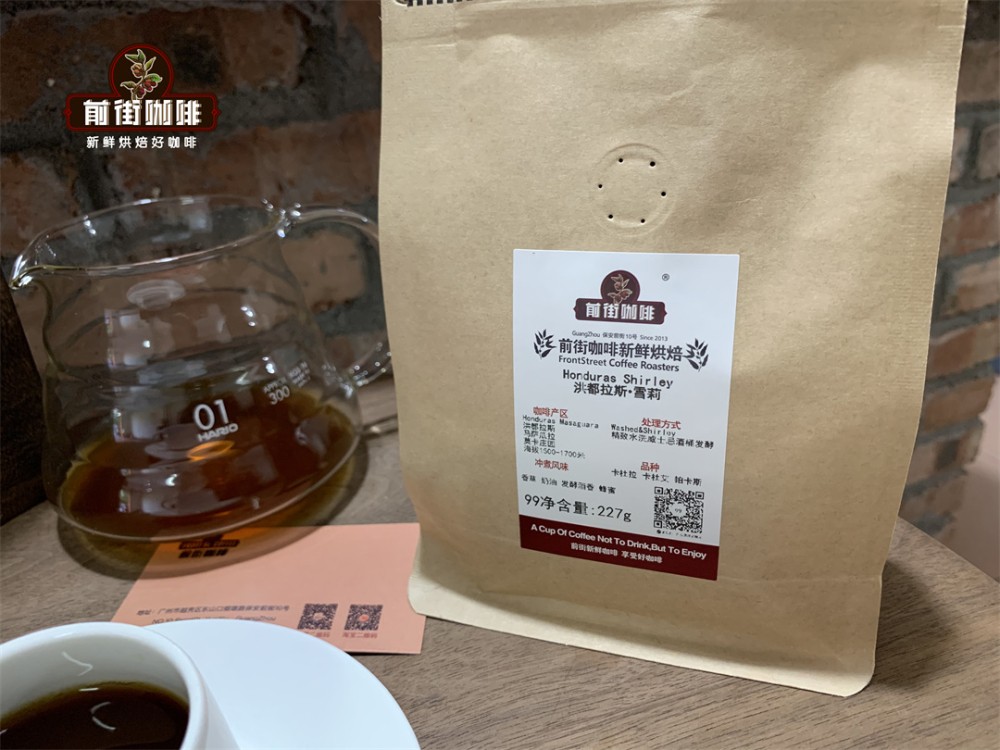
Kaddura
Kaddura, a single gene variant of bourbon, was found in Brazil in 1937. It has better production capacity and disease resistance than bourbon, and the tree is shorter and easy to harvest. Unfortunately, like bourbon, it has the periodic problem of production capacity fluctuation every two years. But its flavor is comparable to or slightly worse than bourbon beans, more importantly, it is super adaptable, it does not need shade trees, and it can also be vibrant in direct exposure to the sun. it is commonly known as exposure coffee, which can adapt to high-density planting, but it must be fertilized more and increase the cost. therefore, the acceptance of coffee farmers is not high in the initial stage. For example, Columbia's Flower Moon Night and Rose Valley Coffee are made by Kaddura.
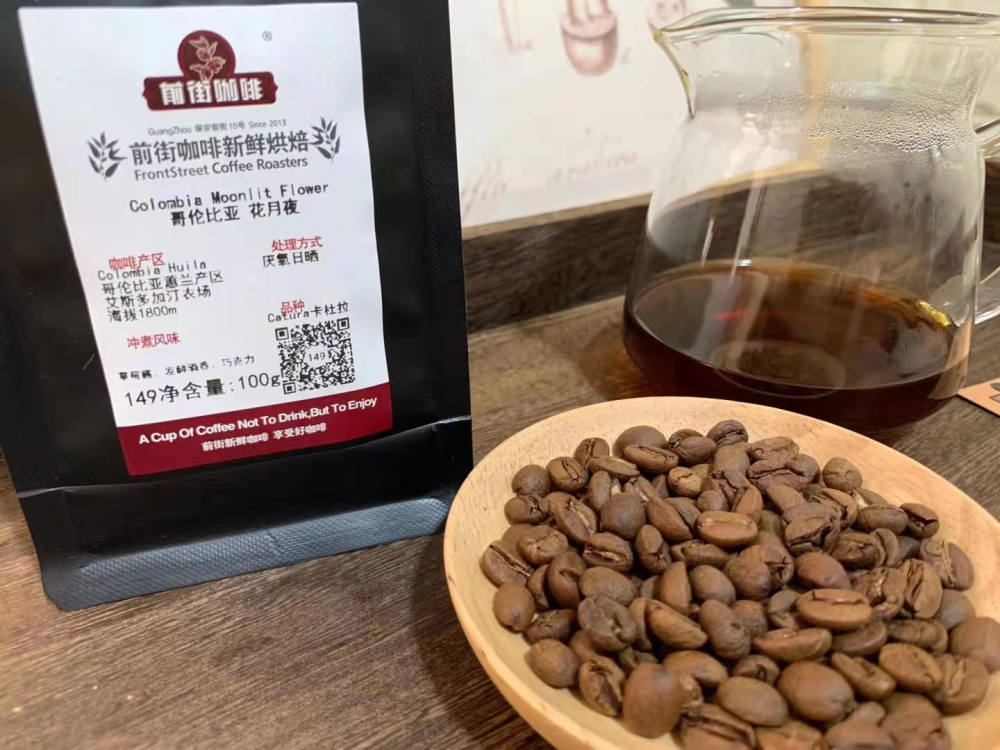
Kaduai
Kaduai is a hybrid of Arabica and Kaddura (New World). It has a good ability to resist natural disasters, especially wind and rain. It inherits the advantages of Kaddura's low stature and changes Mondonwood's shortcomings. Another advantage is that the result is solid, and it is not easy to fall off when the strong wind blows, which makes up for the weakness of Arabica fruit, but the overall flavor is more monotonous than Kaddura, monotonous and less mellow, which is the greatest pity. In addition, the fruit growth and harvest life is only about ten years, and the short life span is also one of the weaknesses.
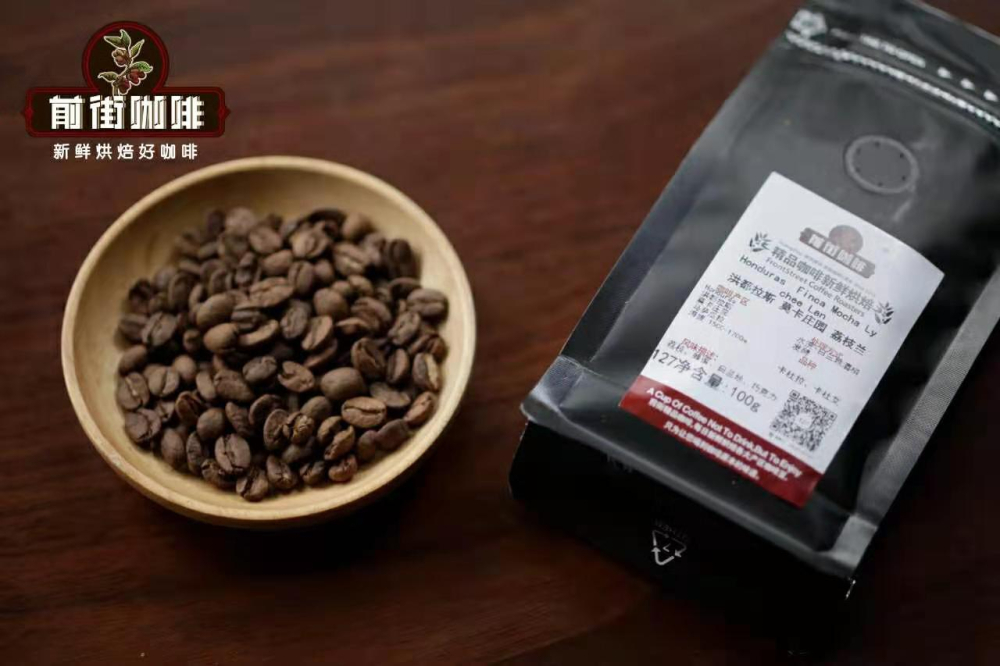
Honduran coffee bean grading method
In Honduran coffee, the classification system is based on altitude and defect rate, in which the defect rate is divided into two standards: the United States and Europe. Classified by planting altitude]
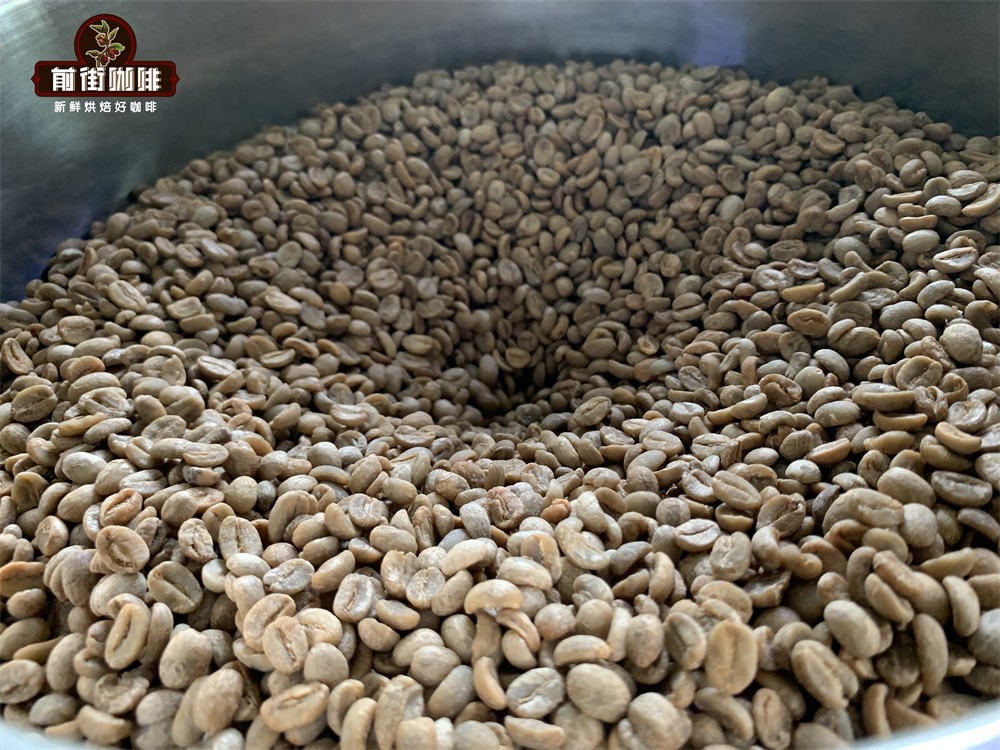
Strictly High Grown (SHG): over 1200 m High Grown (HG): 1000-1200 m Central Standard (CS): 600-1000 m
[classification by defect rate] American standard USP,US preparation; European standard EP Euro preparation. The meaning and rules of the name of raw coffee beans in Honduras: Honduras SHG EP (country + altitude level + defect standard)
Honduran coffee beans: delicate washing + barrel fermentation method barrel fermentation method draws lessons from wine technology, its greatest impact on wine is that the wine stabilizes the wine structure through moderate oxidation and integrates the aroma of the barrel into the wine. it also plays a similar role in the process of coffee fermentation.
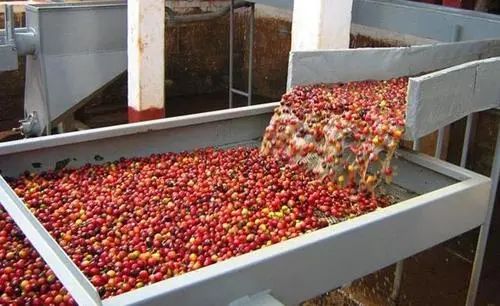
The barrel can let a very small amount of air through the barrel wall and infiltrate into the barrel to produce moderate oxidation of coffee beans. The entry of appropriate amount of oxygen also accelerates the fermentation of coffee and softens the tannin. At the same time, it also makes the fresh fruit aroma gradually brew into a rich and changeable ripe wine flavor. The moderate hardness of the barrel ensures good water resistance and storage safety. In addition, the barrel contains a certain amount of tannin. When the raw coffee beans are stored, the tannic acid in the bucket will also seep into the raw beans inside, making the coffee layered and full-bodied. Fine washing whisky Shirley barrel fermentation treatment is that the freshly picked coffee fruits are carefully washed, then put into mature whisky oak barrels to ferment at a low temperature for 30-40 days (about 15-20 ℃), and then dry in the shade.
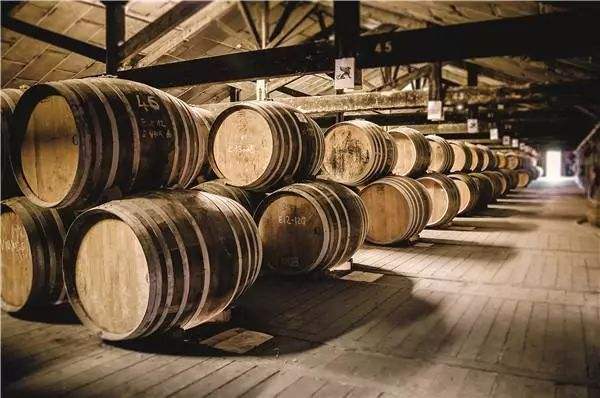
The method of delicate washing and brandy barrel fermentation is the same as Sherry Coffee, except that whisky is replaced by brandy.
Friends who know whisky know that there are many kinds of whisky barrels, and there are many kinds of whisky barrels that have been used to hold wine, including port, red wine, brandy, sherry and expensive rotten wine. Among them, Porter whisky will have a hint of salty taste, while the whisky cooked in sherry barrels is the sweetest and most delicious among many barrels.
Parameters for brewing Honduran coffee on the front street:
In order to highlight the wine and fruit aromas of Honduran coffee, it is roasted moderately and lightly on the front street. V60 filter cup can be used when brewing, powder-water ratio at 1:15, medium grinding (about the size of coarse sugar / 80% screening rate of China 20 standard sieve), water temperature of 91 degrees.
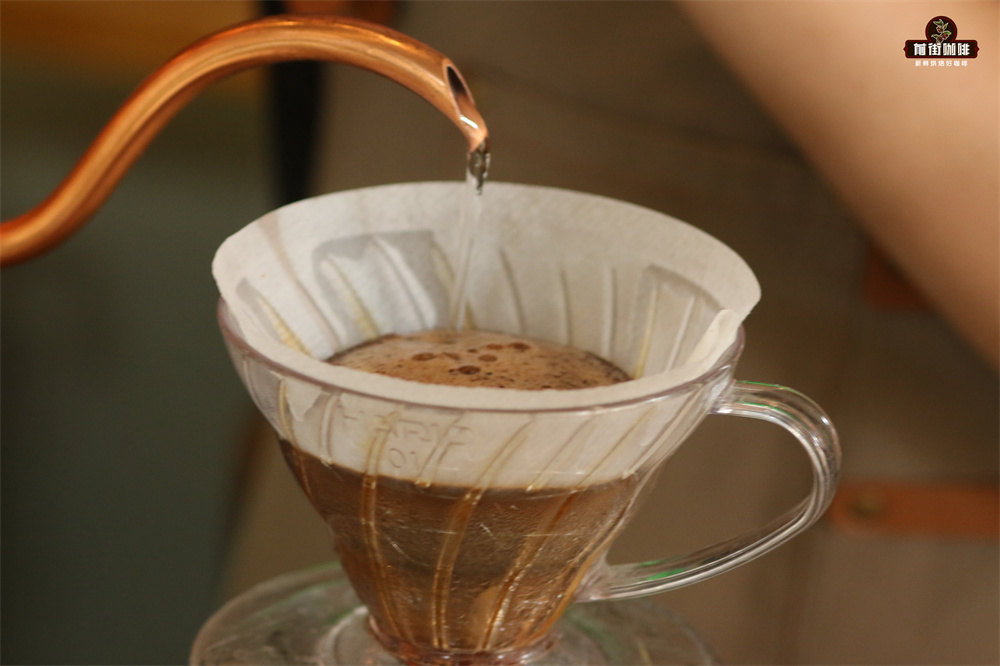
The use of segmented extraction, with twice the amount of coffee powder water for steaming, that is, 30 grams of water for 30 seconds, and the reason for the need for steaming process is to make coffee powder can discharge the internal carbon dioxide gas, so that the latter stage of the extraction is better stable. When the small water is injected around the circle to 125 grams, the injection will be stopped until 225 grams, then the filter cup will be removed after the dripping of the filter cup, and the extraction time will be 2 minutes 39 grams. Next, pick up and shake the whole cup of coffee, then pour it into the cup and taste it.
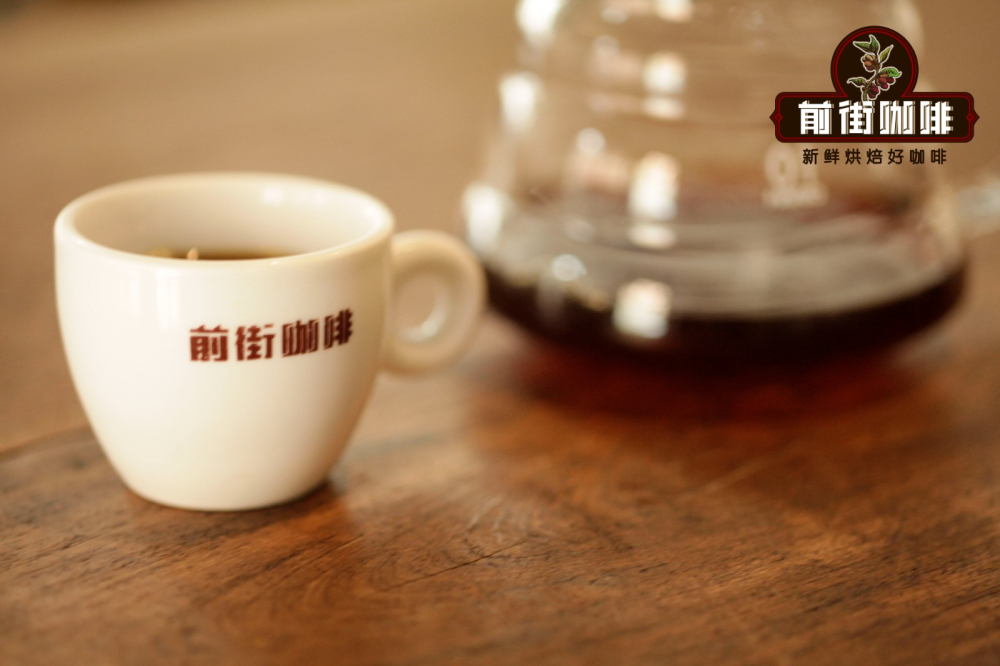
[Qianjie Shirley Coffee flavor] it smells of vanilla and cream, with whisky, berries, almonds and dark chocolate in the mouth, and maple syrup in the finish. [flavor characteristics of Qianjie Litchi Orchid Coffee] Cream, dark chocolate, honey, litchi and brandy are mellow and sweet in taste, and the taste of sipping wine is obvious with the change of temperature.
Suggestions for making coffee in front of the street:
For the brewing of coffee, Qianjie has always believed that the freshness of coffee beans has a great relationship with the flavor of coffee, so the coffee beans shipped in Qianjie coffee are roasted within 5 days. The purpose of Qianjie roasting is "freshly roasted coffee", so that every guest who places an order is the freshest coffee when he receives it. The bean cultivation period of coffee is about 4-7 days, so when the guest gets it, it is the time when the flavor is the best.
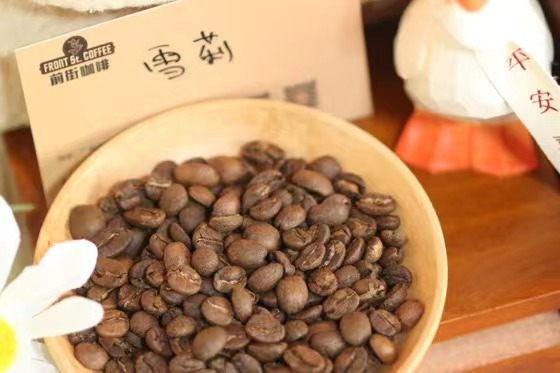
For those who need to be ground, Qianjie warmly reminds you that if the coffee beans are ground in advance, there is no need to raise the beans, because in the process of transportation, the pressure caused by carbon dioxide in the package can also make the coffee flavor round. so you can drink a cup of coffee as soon as you receive the coffee powder. But the coffee powder needs to be brewed in time, because the coffee powder oxidizes more quickly after contact with the air, that is to say, the flavor of the coffee will dissipate more quickly, and the flavor of the coffee is not so good. Therefore, Qianjie suggests buying whole beans, grinding and flushing now, so that we can better taste the flavor of coffee.
Professional coffee knowledge exchange more coffee bean information please follow the coffee workshop (Wechat official account cafe_style)
For more boutique coffee beans, please add private Qianjie coffee on Wechat. WeChat account: qjcoffeex
Important Notice :
前街咖啡 FrontStreet Coffee has moved to new addredd:
FrontStreet Coffee Address: 315,Donghua East Road,GuangZhou
Tel:020 38364473
- Prev
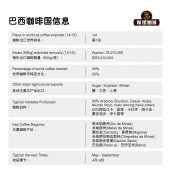
Introduction to the history and treatment of Brazilian coffee beans the flavor and taste of red bourbon coffee beans
Although Ethiopia is the country of origin of coffee, Brazil is currently the country with the largest coffee production and export in the world, and it has been going on for more than 100 years. In the 1820s, the output of new coffee even accounted for about 1/3 of the world's coffee production. Such a large output makes people curious about the information of Brazilian coffee. Coffee grown in Brazil
- Next
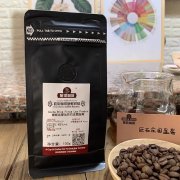
Honey treatment differs from other treatments in the taste characteristics of blueberry coffee beans at Costa Rica's Stone Manor
When I heard about honey processing in Xiaobian, I was very curious about what kind of processing process he had in order to have such a sweet name. After this treatment of coffee beans will show what kind of flavor characteristics, then let me explore the mystery of honey treatment! Let's start by looking at Front Street Coffee, which comes from Stonehenge, Costa Rica.
Related
- Detailed explanation of Jadeite planting Land in Panamanian Jadeite Manor introduction to the grading system of Jadeite competitive bidding, Red bid, Green bid and Rose Summer
- Story of Coffee planting in Brenka region of Costa Rica Stonehenge Manor anaerobic heavy honey treatment of flavor mouth
- What's on the barrel of Blue Mountain Coffee beans?
- Can American coffee also pull flowers? How to use hot American style to pull out a good-looking pattern?
- Can you make a cold extract with coffee beans? What is the right proportion for cold-extracted coffee formula?
- Indonesian PWN Gold Mandrine Coffee Origin Features Flavor How to Chong? Mandolin coffee is American.
- A brief introduction to the flavor characteristics of Brazilian yellow bourbon coffee beans
- What is the effect of different water quality on the flavor of cold-extracted coffee? What kind of water is best for brewing coffee?
- Why do you think of Rose Summer whenever you mention Panamanian coffee?
- Introduction to the characteristics of authentic blue mountain coffee bean producing areas? What is the CIB Coffee Authority in Jamaica?

